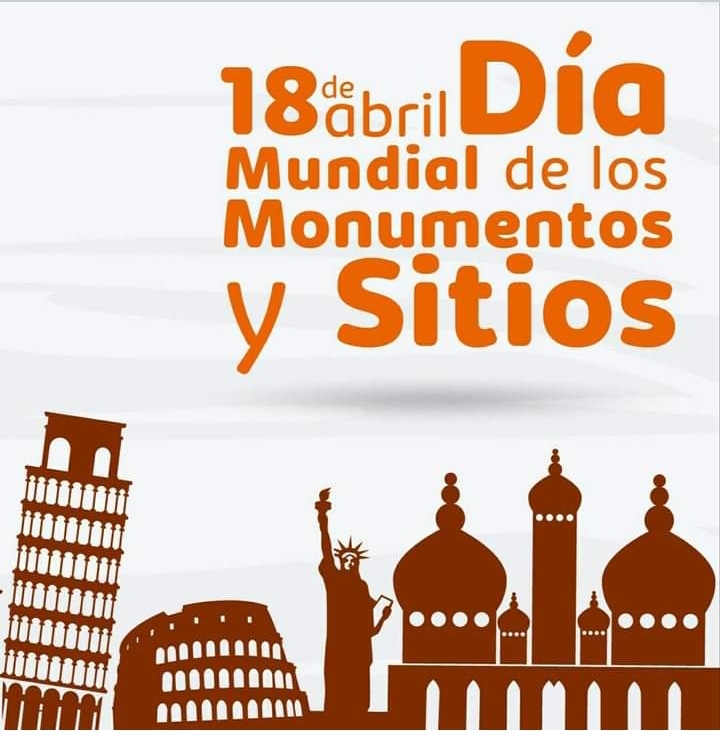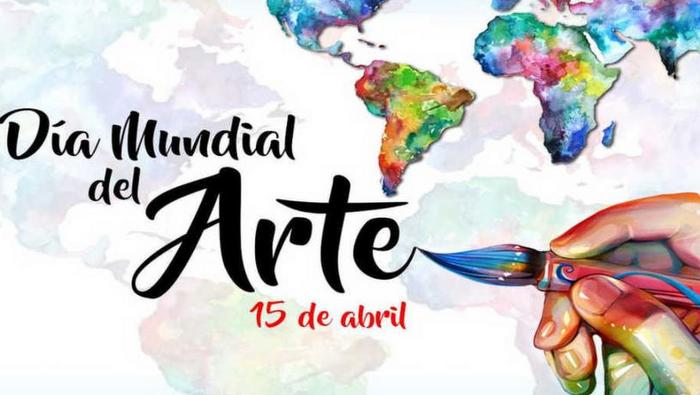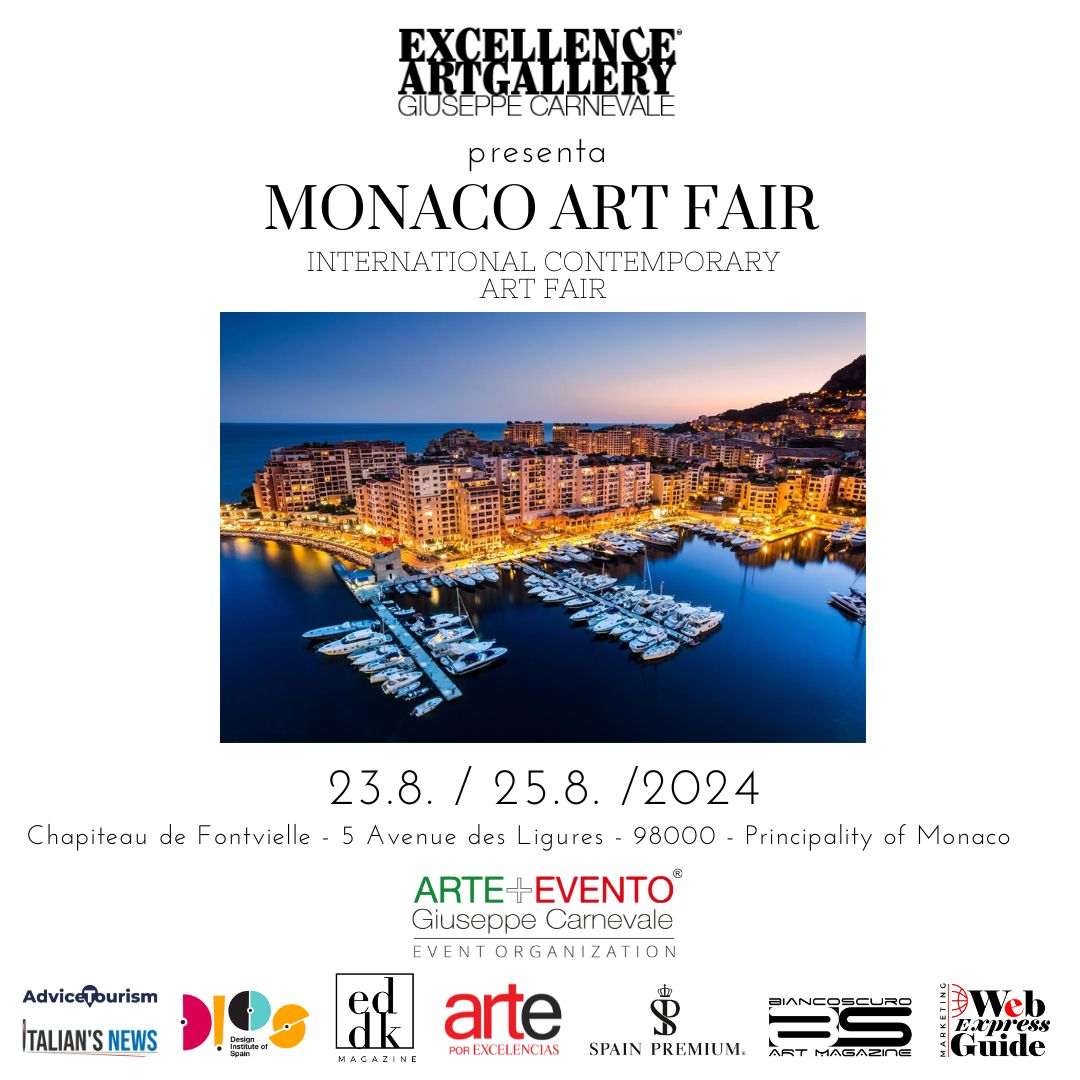Chile’s First Visual Arts Triennial has displayed neither artworks nor artists who can put on a good show. However, a whole country got hyped as a scenario thanks to a job well done by renowned curator Ticio Escobar at the helm of a team of outstanding experts. Paraguay’s Minister of Culture was interested in exploring limits, stirring up local situations, crossing visual elements and giving the aura power back to the artworks. A territoriality diagram for decentralized art was tried out, calling on such key theoreticians as Gabriel Peluffo (Uruguay), Roberto Amigo (Argentina), Aracy Amaral (Brazil), Gustavo Buntinx (Peru), Fernando Castro (Spain), Osvaldo Salerno and Adriana Almada (Paraguay), Nelly Richard (Chile), and –at the onset– Justo Pastor Mellado from Chile.
Contemporary art biennials are usually projects that put a city on the world map and boost up developing scenes: Venice, Istanbul, Sao Paolo, Havana are good cases in point, plus 30 other initiatives around the globe where each and every one of them takes the pulse of current trends, chips in new reflections and sets up or legitimizes a certain discourse.
Under the same visual-arts-meeting-under-the-eyesight-of-a-prestigious-curator format, the Chile Triennial intends to launch its country. Seven cities from northern, southern and central Chile are in: Iquique, Antofagasta, Valparaiso, Santiago, Concepcion, Temuco and Valdivia, all setting out on different development poles based on a varied program of exhibitions and activities that have shared a common concept: “the exploration of the art boundaries from bordering situations” like regionalization, museums, the pithy and the peripheral, the arts and the handcrafts under “a diagram of decentralized territoriality.”
In his text, the head curator writes:
The Triennial pursues the objective of addressing locally cultural topics and issues by putting them on the agenda and making them visible nationwide, strengthening the artistic institutions, fostering the construction of national visual scenes and touting the international circulation of Chile’s contemporary arts, reenergizing the making of publications, editions and communicational strategies. Within this framework, the Triennial seeks to boost up the capabilities of the visual arts as a process of explorations of local realities, generating forms of collaboration among different public and private institutions.
Thanks to the colloquia organized by Nelly Richard, the event also reeled in major intellectuals engaged with the contemporary thinking and cultural reviews, such as Manuel Borja (Spain), Nestor Garcia Canclini (Argentina-Mexico), Andrea Giunta (Argentina) and Suely Rolnik (Brazil), among others. In Santiago and Valparaiso, all the way down to Valdivia, the Triennial’s reflexive axis cross-referenced the different theoretical criteria of the different devices in action and dealt with issues ranging from institutionalism, image problems and identity concerns, among other topics.
Ticio Escobar has stressed time and again on the intention to question some contemporary art notions, institutionalism and hegemonies; the interest in toying with crosses, adding exhibitions of Chilean and Latin American contemporary art, integrating indigenous and popular art, video compilations, archive and heritage samples, photographic workshops with Mapuche communities, a national meeting of art schools, an art publication support program –twp newspapers from Concepcion– and a series of works in residences, interventions in public spaces and on-the-spot works.
Under that structure and a branched-out curatorial model, Ticio has sought to work put the biennial crisis and get a word or two in edgeways on the arts at a time of esthetic globalization where every critical attempt is equally co-opted by the market and turned into senseless merchandise.
The Chile Triennial put its smart money on the links and diversity of the visual elements, on the rekindling of the image’s poetic strength with the help of boldface names from Chile and Latin America, without international exponents that usually steal the limelight in other biennials around the world. The event shed light on the problems of the contemporary arts and the cultural situations of a country with a developing cultural institutionalism and whose geography is construed as a “territory in the limits.” This look is the result of the work conducted by a group of world-class experts in Latin America who huddled around curator Ticio Escobar, a key figure for the regional arts who, at the same time headed –together with Brazil’s Leonor Amarante– the Fifth Latin American Biennial of Visual Arts VentoSul (Aug.-Oct., 2009, in Curitiba).
The Triennial has worked on contemporary art readings from both its integration with the local art and from a mutual reflection. In some regions, the activities stirred up pinpointed situations and encouraged groups and wills that had till then remained latent under a single centralized scene.
The event’s importance, therefore, raises no doubts whatsoever. Nonetheless, how did this effort reach out to the local public without a pedagogical or didactic system that could reinforce this job beyond the art’s space? Ruling out the press noted published by the mass media, the brochures containing curatorial texts of each and every piece and a book-catalog due out in early 2010, the flow of information on a many-sided project that involves so many zones has been pretty slim. Doubts raise now on whether the local artistic scene –so keen on suspicions– and, above all, the Chilean public in general are fully aware of what has been going on and will continue to go on (by the time this article has been published). It’s so regrettable that in certain moments the Triennial just made headlines due to controversial situations.
Ticio Escobar was chosen the Triennial’s head curator nearly at the same time when he was sworn in as Minister of Culture of his country in early 2008. Not too long before that, renowned Puerto Rican curator Mari Carmen Ramirez had resigned to a first crack at the Triennial that was going to take place in Santiago. Budgetary problems, hurt egos and lack of internal coordination took their toll on the project that had come into being from the minds of a group of visual artists and creators, including Justo Pastor Mellado, Carlos Altamirano and Rosa Velasco. One of the founders of the Clay Museum –a lawyer, doctor of Philosophy and well-known art theoretician– came to “wipe the slate clean” and took on a project with barely a year to be pieced together.
The Chile Triennial Foundation was underway with the support of the National Council of Culture and the Arts, a state budget and the Bicentennial label. The Triennial survived with new names under its belt, like Pedro Celedon and Maria Jose Fontecilla, who took over as the executive director of the event the Republic of Chile will start celebrating the 200th anniversary of its independence with.
Another tough moment for Ticio Escobar came just a couple of months before the grand opening at the National Museum of Fine Arts as the only Chilean artist to be honored at the Triennial, Eugenio Dittborn, backed off when he believed his proposal was not going to be conveniently finished for the exhibit. The winner of the 2005 National Arts Award laid bared budgetary problems, coupled with a level of improvisations and conflicts of interests between the officials and the artists, something too unacceptable for just another Chilean heavyweight, Carlos Leppe, who also refused to attend.
Without public explanations, Justo Pastor Mellado –a key piece to understand the origins and development of the event– also walked away. For some, the organization had begun to acquire a nagging state shade, no matter the presence of a group of prestigious international curators. In all, the Triennial cost little more than $2 million, way below the staggering $30 million tag on the Sao Paolo Biennial, for instance.
Did poor funds give the Triennial a special character?
I generally work with poor funds because I’m not interested in too spectacular forms of art. I believe in artworks and their situations by appealing to ingenuity and intelligence. It’s not about praising poorness, but the budget has allowed us to launch a Triennial with certain austerity. It has made us catch our breaths because we expected to count on more private contributions, but those contributions dwindled as the world economic crisis rolled on, so we had to increase the public funds from 50 to 65 percent. That brought along more red tape that eventually slowed down the earmarking of the budget. That was a problem for a while. But all editors were aware of the poor funds.
With nearly ten exhibitions scattered in several cities, what of those cities have been the key players for the event’s outline?
Though the Triennial doesn’t want to put individual exhibitions on the front burner, some of them strike far more attention than others. They shine brighter, so to speak. In the regions, the program included actions more than anything else –residence works, heritage researches, community-oriented workshops and art publication supportive programs. Those exhibits were the centerpiece of the show. In that sense, two exhibitions were generating far more expectations due to local needs: The Chile Earthquake, featuring several of today’s top Chilean artists in Santiago, and State of Siege, a selection of Latin American contemporary art in Valparaiso. However, those expositions are not anthological.
THE IMAGE OF THE SHADOW
Under the leadership of Fernando Castro, the first exhibition was harbored at the Quinta Normal Museum of Contemporary Art, at the Santiago Library and the Matucana 100 Cultural Center. The Madrid expert worked on the basis of German poet Heinrich von Kleist’s obsessive story entitled “The Chile Earthquake” (1808). A Spaniard lives a forbidden love affair in the country, is sentenced to death and endures the devastation of an earthquake. The text helped him lay out a narrative line of works that have also served as keys to unraveling the most recent national art: the catastrophe, the hardships, the fragility and the memory. He summoned 30 artists from different generations, some of them as important in the contemporary scene as Arturo Duclos, Nury Gonzalez, Pablo Langlois, Ivan Navarro, Mario Navarro, Claudia Aravena, Patrick Hamilton, Claudio Correa, Monica Bengoa, Bernardo Oyarzun and Fernando Prats.
The second project consisted of a circuit of exhibitions and interventions in the public space, coordinated by Uruguay’s Gabriel Peluffo and Argentina’s Alberto Madrid, featuring archives of resistance art and groups that worked in repressive contexts in Mexico, Peru, Colombia ad Chile. In addition to that, there were more artworks by Chilean and Latin American contemporary artists like Liliana Porter, Francis Alÿs, Roberto Jacoby, Oscar Muñoz, Juan Castillo and Gonzalo Diaz.
Ticio insists:
This curatorship is not that much about what’s going on in Latin America, but it rather shows certain anachronism, an underlying interest in going back to the sources, a work with archives and manifestos. The places go marking a corpus with a political and avant-garde sense, including current works that related to those matrixes. It’s about a discussion on the limits of archival art, of memory and politics.
In Santiago, there were some exhibits that went over and over on the archival effort, including compilations of videos and documents on avant-garde artistic experiences that emerged during the dictatorial rule both in Chile and in other
countries: The un-submissive space, curated by Chile’s Isabel Garcia at the Documentation Center for Arts of the La Moneda Palace Cultural Center; and the art video cycle entitled Visibility Maze, planned by Spanish curator Monica Carballas, that embraced all of Latin America.
A work on historic heritage and documentation, yet bent on looking into the roots of national art, the 19th-century Chilean landscaping, was State Territories by Roberto Amigo at the National Museum of Fine Arts.
Escobar explains:
The fundamental art idea at the Triennial is defined in situation of limit and lack of definition in relation to the very institutionalism of the art, with the possible esthetic friction in art places in relation with the museum character, the teaching of the arts and such transversal themes as heritage and indigenousness –that are also present.
The series of photography workshops taught by local artist Andrea Jösch in southern and central Chile became the Aiwin: The Image of the Shadow exposition, shared by the Santiago Museum of Visual Arts, the Museum of Contemporary Art in Traiguen and the Pablo Neruda Railroad Museum in Temuco. This exhibit brought in Mapuche communities. The topic of image and its aural strength was once again the centerpiece in a grand tour around the works of amateur photographers that showcased the daily life poetic simplicity of a group that endures a conflict in Chile marred by discrimination and violence.
The nation’s capital also welcomed a selection of artworks from milestone institutions in the continent in an effort to enhance the limits of the museums and make cross-references between the contemporary and the native, among the popular, the historic and the ancestral: The Impure and the Polluted III, by curator Gustavo Buntinx at the Parque Forestal Museum of Contemporary Art, embraced works from Micromuseo (“There’s room in the back”) out of Peru’s Lima; while the Clay Museum in Asuncion, Paraguay, showed up with A Multiple Look, curated by Aracy Amaral at the La Moneda Palace Cultural Center.
Escobar points out:
These have been exhibitions of tremendous visual richness, even of imaginative profusion, marked by a kind of popular baroque quite unusual in Chile, a very strong visual bevy of works compromised with the contemporary arts. They are popping up today and deal with questions of their times: it’s contemporary art even though past canons and traditional forms are repeated time and again.
While these expositions have played a key role for a local context where history remains unrevised, and creating experiences that can enrich a circuit so polarized by pleasing and practical academy-oriented, neo-conceptual trends, some actions in the regions broached hot topics, like the lack of art schools and colleges in the North or the lack of circulation spaces in the South. Has the activity agenda somehow been set up to work out problems affecting the local scene?
The Triennial could help the art’s situation, but it makes no cultural policies. It’s all about mending absences, stirring up local realities to make them look troublesome because, at the same time, they’re crossing the boundaries of the arts. This can be done outside the Triennial. The insistence lies in wondering what’s going on in places like that, what actually gets unleashed outside the Triennial’s layout. This (event) generates actions and situations of boundaries, of maps. Chile’s own verticality refers to the idea of borders and lines. The Andes mountain range stands tall all the time as a crossing possibility. There are some expressions that draw lines above, including above artists from nearby areas, like Antofagasta and Iquique, above artists from Bolivia, Peru, Paraguay and northern Argentina. It’s to see the idea of country, art, geography or cartography of a territory with North-South or East-West connections, even among several cities, taken to the limit. That same Triennial-country statement that has no intention whatsoever to show what’s going down around the world, delivers different situations from different regions. Today’s art stance toward politics, to pragmatism; whether taking or not on artistic practices and, in consequence, on situations not necessarily linked to the arts. Letting the Mapuche people learn documental photography opens a window of opportunity to discover their world and make demands without any political arm-twisting; carving the collective memory, the people’s desires, the unexpected situations. Photography becomes a means, and suddenly, the most efficient image that to a certain extent is ruled by esthetics.
What’s the Chile Triennial’s contribution to the international scene?
The Chile Triennial shows how an artistic matter can be addressed when esthetics is co-opted by the market, by publicity, by design, by communications, by politics, etc. What’s left of the critical image that the art might be interested in? Many situations engage in some sort of esthetic arm-wrestling in a bid to be far more efficient: in the face of the uselessness of modern art forms, the contemporary art goes over more pragmatic expressions. Art is good for… However, it must be called off for a while, remain as the interlocutor of looks, freeze itself for a minute and forget about its ends and concepts, underscore through its beauty or splendor of forms, through its aura, that possibility I’m so interested in: prevent art from letting go of its esthetic moment.
The contribution lands in a context of a contemporary art discussion on what image is actually good for when it is tamed by the market. There are those who cling to the decoration or pantyhose belief that the image is lost; what’s the use in making images when Hegel’s myth on the death of art comes true? The image is a tool of the concept and is no longer useful. The Sao Paolo Biennial has done exactly that. If the image is worthless, let’s then act directly, with an empty halls and artworks conceived from an archival idea. There’s another line in Europe, based on Huberman’s thinking that pays tribute to Heidegger, Lacan and Derrida, in which the image is recovered no matter what. It’s in art where the image refers to the unsaid, the unseen and the unshown; where the need to stick to that dark side in order to make the world far more complex is redeemed. In art, the image shows and doesn’t show, remits to things that cannot be said. In this Triennial, it responds to another place; it puts its bets on the non-absolute image.
It’s a sense of the image that fits right in this territory. There’s very advanced thinking over here, however there’s a portion of the image that bears a poetic game that breaks free from the conceptual. There’s a very conceptual kind of art here, way too conceptual in certain moments. It’s the region’s art with more theoretical and conceptual trappings, more concerned with the discourse and the reflection over institutionalism. It happens in Santiago as well as in other cities. It doesn’t give up on the critical stand, yet it goes in for the image. The contribution from Chile also lies in not-so-much-appraised strong situations, like the recovery of the indigenous and the popular from the viewpoint of the arts. It’s not pure art as such. It’s just about mapping things out on the basis of those situations. Chile gives us plenty of wiggle room to do this, with a thinking line on the arts that thinks of itself without getting drowned.
How do you manage to draw the public closer to crucial topics of our times?
The Triennial doesn’t rely on a pedagogical-didactical apparatus of its own, like other biennials do. However, it’s run through by a teaching matter… I assume there are different publics and everything is not suitable for everybody. There are forms within the contemporary arts that reach out only to a minority, yet others tend to have a further outreach. The modern art got a crack at redemption, but today we understand that artists don’t have to act as saviors. At the Triennial, the experiences from both the North and the South got only to certain sectors and there were mixed activities as well. The works of Mapuche photography, for example, could have meant to target a public with special sensitivity or anthropological sectors. It makes far more sense for some than for others. There have been exhibits linked to history and others to politics, and others to more sophisticated themes. The contemporary art, despite being way too cryptic and elitist, perhaps it deals with issues that can be detected by different audiences and used to encourage collective discussions. Art has no secret message that’s supposed to get to everybody.

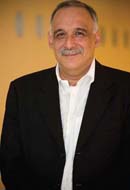


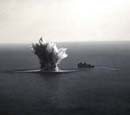
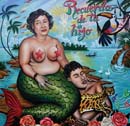

Publicación anterior The edge and the boundary: Libia Posada’s work
Publicación siguiente Killing the Discursive Father?
Publicaciones relacionadas


